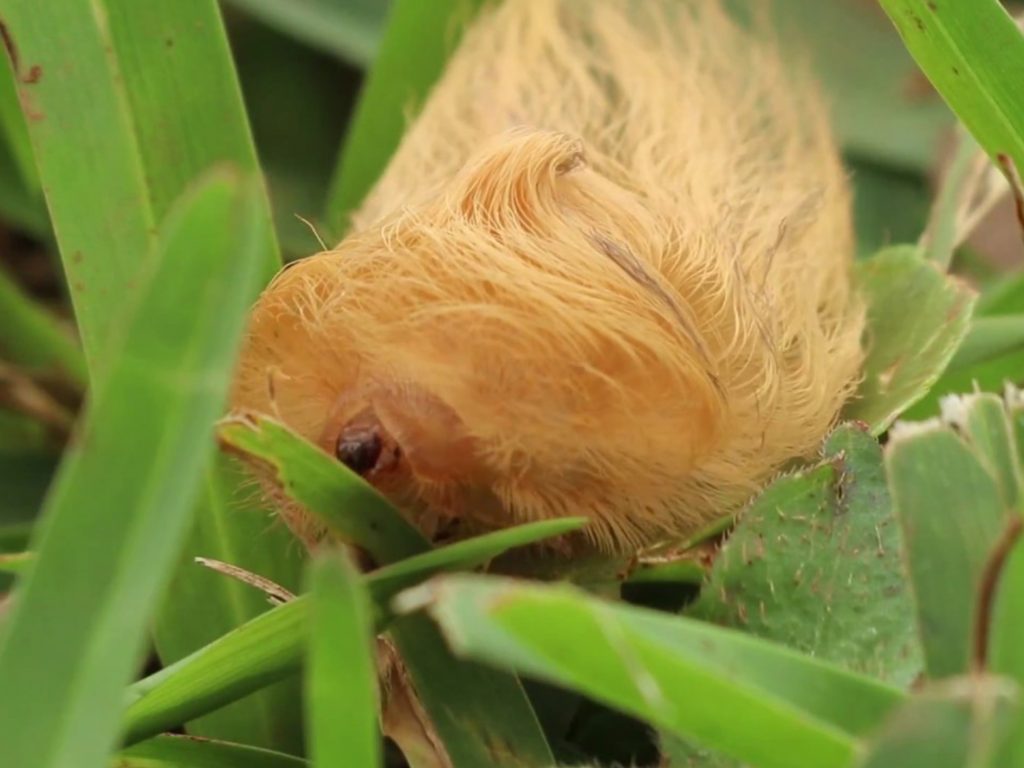
With 13% of Peru making up the amazon rainforest, a non-coastal region in Peru called the Ucayali region was found some 38years ago with Pucallpa as its regional capital. The Brazilian state of Acre, Madre de Dios, Cusco, Junín among other regions share a border with the Ucayali region. In 2007, the population of the region was estimated to be 432,159,of which 75% lived in the urban areas and 24% lived in the rural centers. Spanish,Ashaninka,
Just like many other counties, the Ucayali region has a moist forest ecoregion with some beautiful examples of monkeys, anaconda, puma, and other insects. One distinct insect in the Ucayali region is a moth which belongs to the Megalopygidae family, THE SOUTHERN FLANNEL MOTH. Scientifically it is referred to as Megalopyge Opercularis.THE WOOLLY SLUG as it is mostly symbolized in its larval form is only an inch long and overspread with long, exuberant hair known as SETAE which is outstandingly curly sometimes. As many people have likened this larvae to a tiny Persian cat, others think that the insect has a conformity with one of the most contentious presidents in the world, Donald Trump, president of the United States of America and even went ahead to nickname it TRUMPAPILLAR. THE SOUTHERN FLANNEL MOTH is beautifully engendered in different colors such as golden brown, charcoal gray and white.
The SETAE of the larva is made up of lethal and death-dealing spicula that sparks off an awful and agonizing reaction when it interferes with the human skin. A few convalescents have expounded and likened the pain to that of a fracture or numb limbs. This sometimes causes burning, nausea, sweating, headache, abdominal pain, chest pain and sometimes, difficulty in breathing. Medical practitioners have advised that the reaction be treated within a few hours that the incident occurred and if there are any spines available on the skin it could be removed by using a plastic wrap, baking soda, calamine lotion and ice packs.
With its other names being Italian asp, tree asp, asp caterpillar, opossum bug, amongst other interesting epithets, the southern flannel moth can be seen on oak, elm and wild plum trees together with roses and ivy garden plants.
Video credit: Costa Rica Nature Photography
GCBM Contributor: Maame Efua Aikins

















